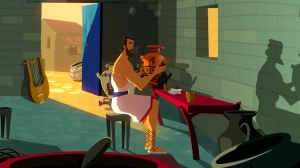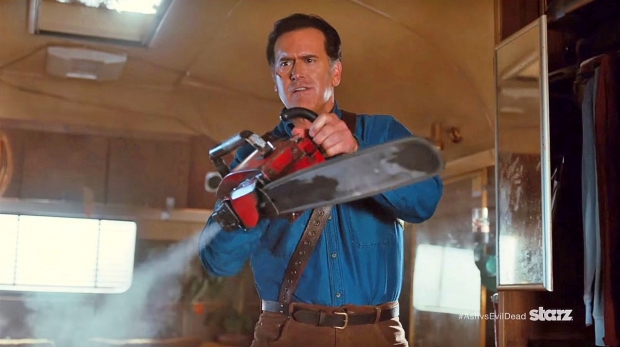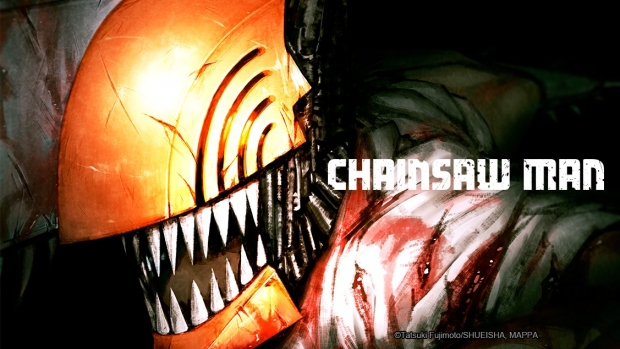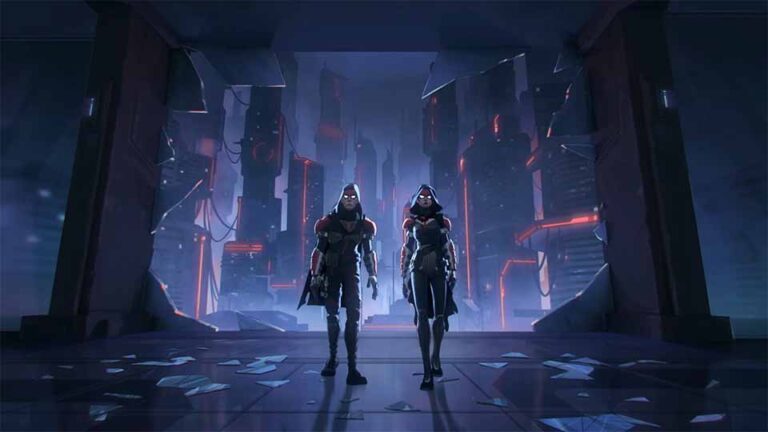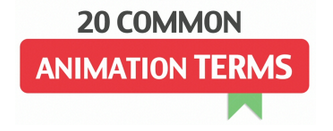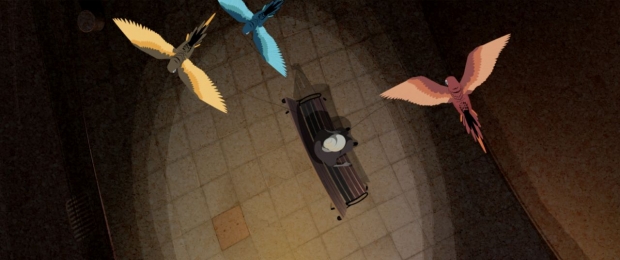
The studio believed that there was a great story to be told and that animation, combined with creative storytelling, would engage audiences of all ages. According to Roider, who directed the film, script writer Georgia Nicolaou went through many iterations before the right narrative balance for the story was finally found.
Production involved a team of 23 people: 13 members of the Zedem Media Studio as well as 10 members from the museum who played a critical role in the consultation process so that the educational/factual content of the film was correct.
Kalopaidis said that being from Cypress, which has close ties with Greece, gave this project special meaning for him and his entire team. He also related that their aim was to create a narrative-based, character driven film that shows how these rare Athenian vases were created. Through traditional frame by frame animation, the studio brought Andocides to life, connecting viewers with the ancient past to help them understand and appreciate the great artistry that went into making the vases.
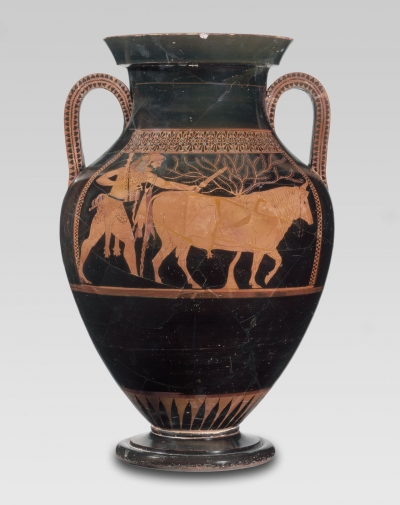
Technical implementation was the biggest challenge – the studio had never done a lengthy hand-drawn animation film before. Even though they had around six months to complete the animation, meeting the deadline was the biggest challenge because in Cyprus and Greece, you do not have a big pool of talent to tap into if you need to quickly scale up a team – especially highly skilled and experienced talent. According to Michael “That is why at our studio we always invest in young graduates who we think have the right potential by training and mentoring them in order to develop their skills and talents.” The Boston Museum houses one of the finest collections of Greek and Roman art in the world. In order to give museum goers a better understanding of life in Ancient Greece and Rome, it is turning more and more to modern technology. Enter Zedem Media.
More and more museums throughout the world are turning to modern technology to engage visitors and enhance their experience. Towards this goal, along with animation, they are using augmented reality, computer graphics, 3D computer modeling, and sound design. For example, in 2016, Philadelphia’s Franklin Institute launched a range of VR experiences. Visitors can use VR to journey into the deepest parts of the ocean, venture to the far edges of outer space, or travel inside the human body. The National Gallery of Prague launched a VR experience in 2018 that allowed visually impaired and blind visitors to “touch” some of the museum’s most famous sculptures including the bust of Nefertiti and Michelangelo’s David. The museum insisted that everything in the film be accurate, but eventually the animators were given creative freedom to make the hand-drawn film, adding humor and human elements such as facial expressions.
Located in Larnaca, Cyprus, Zedem Media was founded in 2008 by Kalopaidis. It is the largest and longest running animation studio on the island with 10 full-time employees. Along with creating over two thousand publicity and educational videos for clients, the studio also nurtures in-house projects such as the recent award-winning short animation The Parrot Lady. The film was inspired by the true story of an elderly woman who chooses to live on the streets of Larnaca with her parrots rather than dying alone in a house. It is a lovely film.
Just as with any animated film, the script and the art direction were locked down first. Then the storyboard. The animation was then produced using traditional hand-drawn, frame by frame animation techniques (i.e., ending up with 12 designs for every second of animation). First, the lead animation created rough animation indicated the timing and key poses of the characters. They then created the in-between frames (i.e., the designs between the key poses) and were finally ready to redesign the final rough sketched poses with clean lines.
“Something unusual happened that day that changed the course of history” says Alexia Roider, Creative Director of Zedem Media. “By applying various substances to the clay and adjusting the temperature inside the kiln, the potter changed the color and effect of the paint.” Roider went on to explain, “This is a very sophisticated technique for making ceramics, and the vibrant colors persist to this day. The smoke in the stove gives it black, and the rise in temperature gives it red. There are many advanced technologies these days, but they did it with fire and sticks.” The potter is believed to have been Andocides, although no one knows for sure.
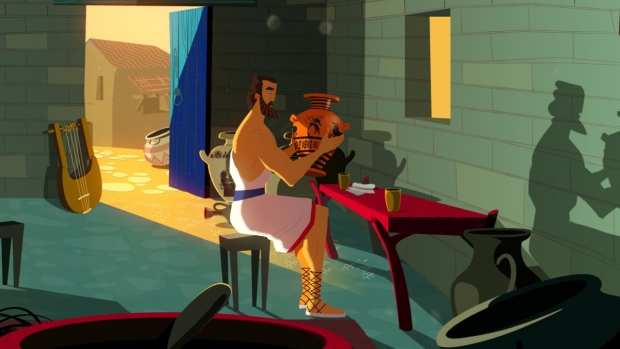
For the past 8 years, Zedem Media has created animated pieces for TED Talk, an American media organization that posts free online video talks by expert speakers on education, business, science, tech, and creativity. The Museum of Fine Arts saw Zedem’s work through TED Talk videos they created and thought that this would be a good way to visualize a story behind the rare vase.
The next steps included coloring each frame, adding textures and visual effects such as dust particles and lighting effects, and finally creating the sound design with sound effects and environmental sounds that you hear in the background. Then came the important job of finding the right voiceover artists.
Zedem’s new short film, Figures in Red, features a day in the life of Andocides, the master potter of Athens and his moment of epiphany that changed the course of art history. Kalopaidis said that originally the museum had something educational like a TED Talk in mind, but Zedem’s proposal suggested something more narrative and character driven. Part of the studio’s aim was to make the film accessible to all museum visitors including children. They wanted to spark an interest in ancient Greek and Roman history that went beyond gladiators and wars.
Click here to learn more about Zedem Studio and see samples of their work.
The combined budget for the project was €50,000, which included funds from the museum and the in-kind contribution from the studio. According to Kalopaidis, “The original budget that we had to work with was not that high and would not have allowed us to create the result that we wanted to achieve. As a producer and the studio owner though, I decided that this was a passion project which we should invest in with pro-bono work in addition to the allocated budget. I truly believe that this was a great opportunity to create a film that would act as a proof of concept not only for what the educational content for museums could be, but more importantly, my team and I wanted to prove that a small studio from Cyprus can produce such world class content.”
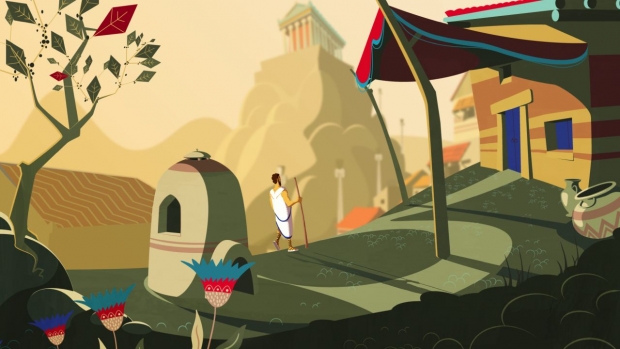
Although these are the same tools that filmmakers everywhere use, dealing with museums’ extremely specific needs for complete factuality takes a special understanding of how to capture specifically what they are looking for. Many of the larger museums today have their own in-house digital teams and I believe that in the not-too-distant future, animation schools will teach a special course on scriptwriting and technology for museums and that it will become a specialized field in the animation industry.
